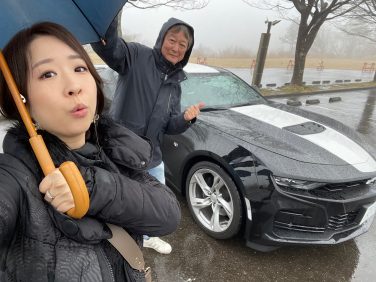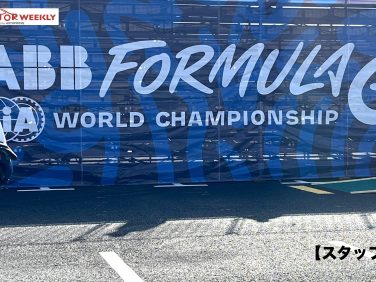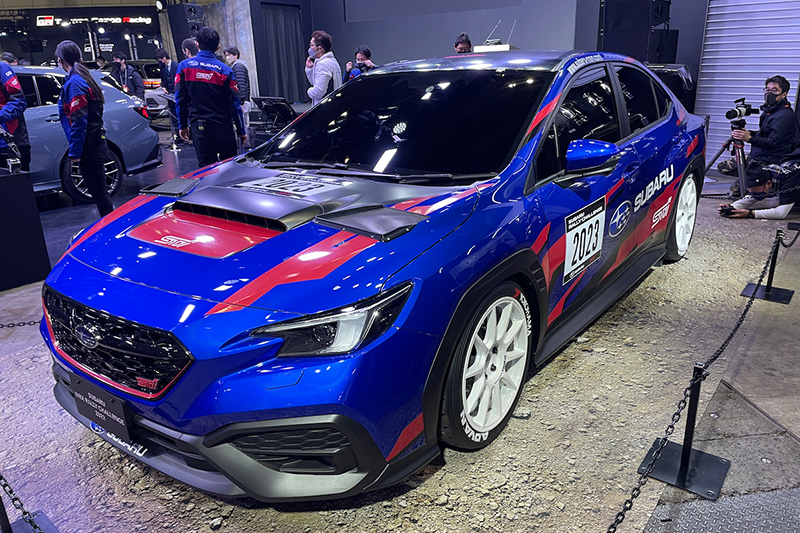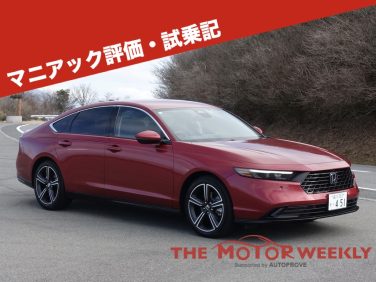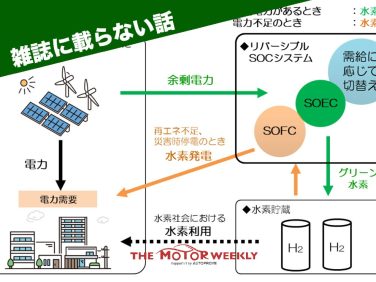SUBARU’s high-power Boxer type 4-cylinder engine “EJ20” will finally be discontinued in the spring of 2020. Orders for the “WRX STI EJ20 Final Edition” (limited 555 units) equipped with the EJ20 engine will be closed at the end of 2019, and production will be terminated by the spring of 2020. As a result, vehicles equipped with the EJ20 engine no longer exist.
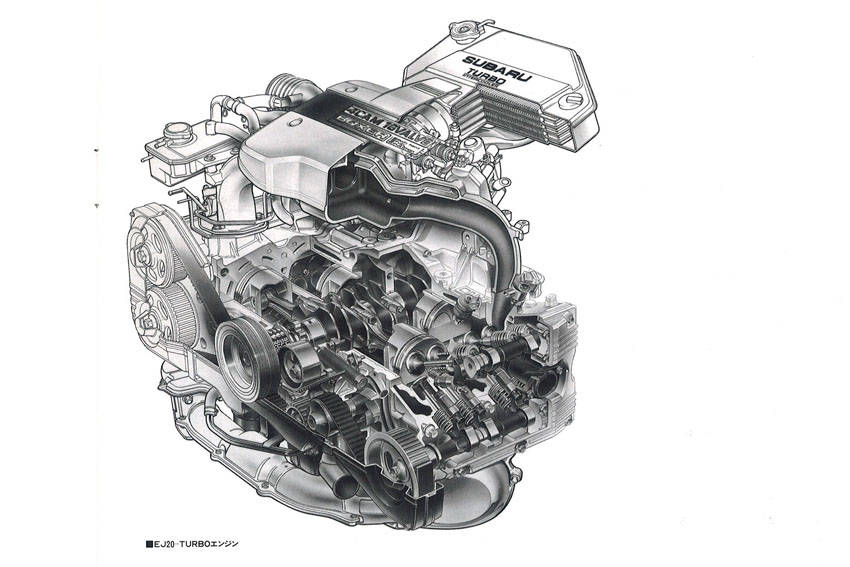
The EJ20 engine made its debut in 1989 when it was installed in the first generation Legacy (BC / BF type), and has been showing its presence as a high-performance, high-power engine for 31 years since then, but at the end of its long history. I got down. So, while tracing the history of the EJ20 engine, I tried to consider what kind of engine it was.
Challenge to world speed record in U.S.A.
The EJ engine series, which was newly developed from scratch, was installed in the first Legacy (BC / BF type) in 1989 and made its debut. Behind the appearance of the first Legacy was a strategic new model for SUBARU at the time of the financial crisis, betting on whether it could survive in the future. It was a model that abandoned the legacy of the Leone series (previous popular model) so far and developed everything from the body, chassis, engine, etc. from scratch.
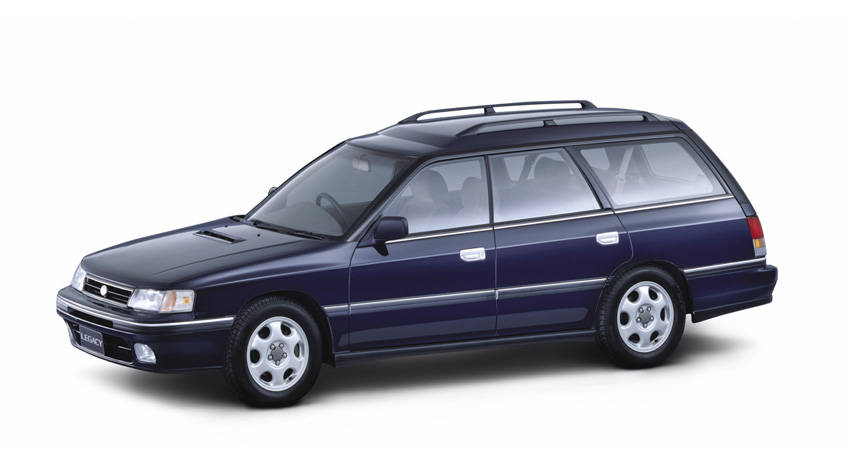
In addition, since it was developed from scratch, it was necessary to be world-class and to achieve number one performance in the same competing class, and a high goal of “Best in Class” was set. In order to achieve that performance, they conducted aging tests on roads all over the world, and as a total finish, it took 19 days just before the release in Phoenix, Arizona, U.S.A., the Legacy Sedan RS with 100,000 km endurance running The world speed record of average speed 223.345km / h is achieved.

The original EJ type for Legacy was separated from the conventional flat 4-cylinder EA type series, and in-line 4-cylinders and V4 cylinders were also considered at the concept stage. Eventually, it has a superiority in packaging the power train in a longitudinal arranged engine layout,(vertical or north-south engine) so there is a background that it was narrowed down to horizontally opposed layout 4-cylinder engines and newly developed.
What is the EA type until then?
The flat 4-cylinder EA series initially started as an engine for the Subaru 1000 with 1000cc (EA52 type), and finally expanded the bore and was used for 28 years until Leone 1800 (EA82 type).It was
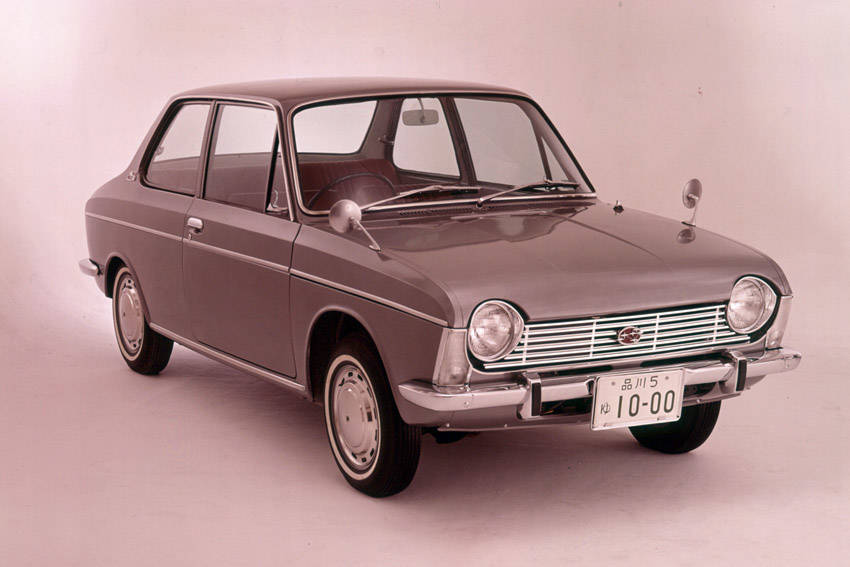
It can be said that the EA type is a unit that pursues the ideal form of a horizontally opposed layout engine to the utmost limit. Made of all-aluminum, the crankshaft has 3 bearings, and an OHV (SOHC also appeared in the latter half) driven by a centrally placed camshaft that runs in parallel with the crankshaft / 2 valves with a bathtub type combustion chamber and an orthodox form, but isometric intake It was a super lightweight and compact engine that adopted a manifold, making it an engine that could easily blow up to 7,000 rpm.
At the time of the introduction of this EA engine, all other companies’ engines were cast iron blocks, and the all-aluminum EA52 engine weighed less than two-thirds the weight of those engines. Furthermore, the front-rear length was shortened to the maximum by the 3-bearing structure, and it was an ideal engine for longitudinal FF drive.
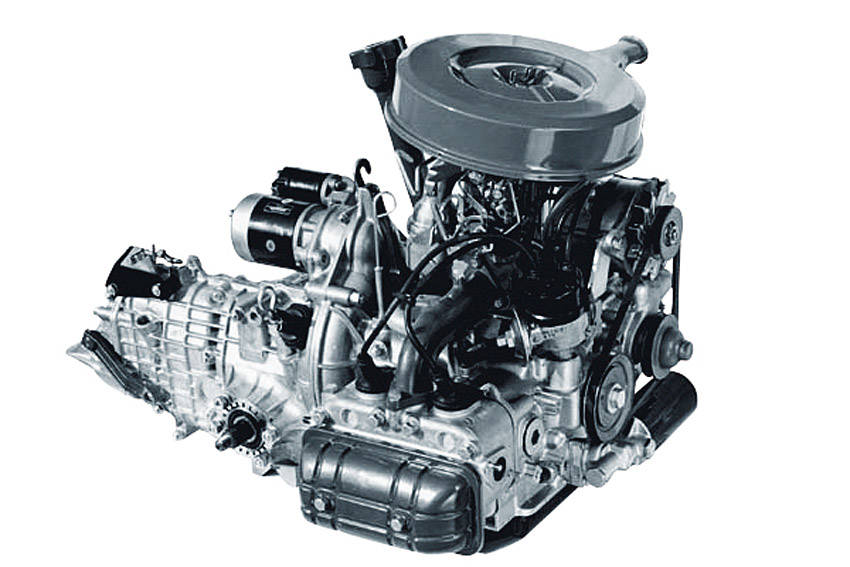
It may be said that the development of the successor engine was delayed because this outstanding engine was super great.
Advantages of horizontally opposed layout 4-cylinder engine
Why did SUBARU choose an engine with a horizontally opposed layout? The first reason is that the Subaru 1000 uses the FF drive system with the engine / transmission installed longitudinal. The FF drive system in which the in-line 4-cylinder engine is longitudinal installed also existed in the past, but the horizontally opposed layout engine becomes overwhelmingly advantageous in the FF drive of the longitudinal installed engine / transmission.
This is because the front-rear length of the flat 4-cylinder engine is 2.5 cylinders longer than that of the in-line 4-cylinder, which can be overwhelmingly shortened, which is advantageous in terms of layout and moment of inertia. The front-rear load distribution of the vehicle, that is, the moment of inertia during cornering, is due to the fact that the currently popular horizontal in-line 4 engine / transverse transmission (FF)is placed in front of the front axle, whereas the horizontal-opposed engine’s longitude layout causes the transmission to move. Is laid out in the cabin behind the front axle, the front-to-back load distribution is optimized, and the moment of inertia is smaller.
Another advantage of the FF drive with a longitudinal engine is that the drive shaft can be made equal in length. In the case of a horizontal layout of a in-line 4 engine, the length will be unequal, so it will be necessary to take measures against torque steer.
In this way, the longitudinal layout of the horizontally-opposed engine in FF is advantageous in terms of the component layout, which is an essential element of the car. SUBARU’s symmetric AWD was created on the premise of this basic layout, and after the 3rd generation Legacy, all models have a full-time AWD layout.
In addition, the longitudinal of the horizontally-opposed engine has an advantage in collision safety.The in-line 4 engine becomes a large and heavy block at the time of collision whether it is placed longitudinal or horizontally, but in the case of a horizontally-opposed engine(SUBARU Boxer). , the rear wheel drive propeller shaft is cut by the impact of the collision and the position of the transmission is lowered to lower the engine rear part.You can sneak in under the floor of the car.This makes it possible to increase the energy absorption of impact in a full-lap collision or offset collision.
Horizontally opposed 4-cylinder, which is advantageous in structure
The horizontally-opposed 4-cylinder engine is not only an advantage in such a longitudinal layout, but also a feature of the engine itself. It has a crankshaft phase angle of 180 degrees, and the pistons and connecting rods of the left and right cylinders move symmetrically, canceling out the vibrations generated by reciprocating motion, which causes problems not only in the primary vibration but also in the in-line 4-cylinder engine.
Secondary vibration does not occur. Therefore, the horizontally opposed 6-cylinder engine is perfectly balanced, but a slight couple (rotational direction) vibration occurs in the horizontally opposed 4 cylinder, but this is at a level that can be solved by the engine mount and the crankshaft damper. It is.
Furthermore, the horizontally opposed engine is also characterized in that the left and right divided cylinders are fastened so that the crankshaft is sandwiched between them, and the crankshaft has a high holding rigidity. In the case of an in-line engine, the crankshaft must be restrained by a bearing cap for each cylinder, or a ladder-type frame that connects bearing caps, which is a disadvantage in terms of rigidity.
In addition to this, the horizontally opposed engine has a lower center of gravity than the in-line 4 engine, and the intake manifold has been made equal in length. Since the exhaust manifold has an ignition sequence of 1-3 right and 2-4 left, it is necessary to collect two cylinders in the front and left and two cylinders in the rear and left and right to make the exhaust manifold the same length.
The first SUBARU 1000 had an isometric exhaust, but since then it has been an unequal exhaust manifold that combines the right and left cylinders. However, since 2002, it has been changed to an isometric and iso-explosive manifold that can utilize the exhaust pulsation effect.
SUBARU will take advantage of these horizontally opposed 4-cylinders, and then set about developing the Boxer EJ20 model, which will achieve numerous achievements such as winning 3 consecutive WRC. The EJ20, which has been improved and refined, is still active as an active race engine in the BRZ of the Japanese Super GT 300 class and the WRX of the Nürburgring Challenge.
▼Recommended
SUBARU NBR Nürburgring Challenge WRX STI 2020 deep infomations
Chapter 2 :Subaru High Power Engine Pedigrees. The history of the masterpiece Subaru “EJ20” engine
Chapter3:Subaru Evolutionary lineage The history of masterpiece Subaru “EJ20″engine



